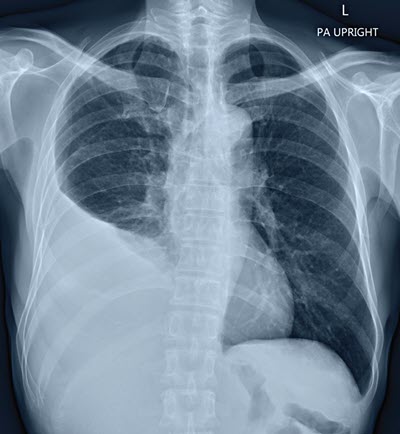Pulmonology Coding Alert
ICD-10-CM:
Dust Off Your Pneumoconiosis Coding Knowledge
Published on Tue Feb 06, 2024

You’ve reached your limit of free articles. Already a subscriber? Log in.
Not a subscriber? Subscribe today to continue reading this article. Plus, you’ll get:
- Simple explanations of current healthcare regulations and payer programs
- Real-world reporting scenarios solved by our expert coders
- Industry news, such as MAC and RAC activities, the OIG Work Plan, and CERT reports
- Instant access to every article ever published in Revenue Cycle Insider
- 6 annual AAPC-approved CEUs
- The latest updates for CPT®, ICD-10-CM, HCPCS Level II, NCCI edits, modifiers, compliance, technology, practice management, and more
Related Articles
Other Articles in this issue of
Pulmonology Coding Alert
- ICD-10-CM:
Dust Off Your Pneumoconiosis Coding Knowledge
Remember to use J65 for tuberculosis-related diagnoses. Patients suffering from pneumoconiosis are noticing its effects [...] - Reimbursement:
Know Who Can Supervise Pulmonary Rehab Services in 2024
How do you report 2 sessions in 1 day? Find out. On Nov. 16, 2023, [...] - Modifier Mania:
Overcome NCCI Edits Coding Confusion
Know when it’s okay to unbundle edit pairs. The National Correct Coding Initiative (NCCI) edits [...] - You Be the Coder:
Remember That CPAP Management is Bundled Into E/M Visits
Question: I’m new to pulmonology coding and I’m still figuring out evaluation and management (E/M) coding. [...] - Reader Questions:
Review the Midyear Mappings to Find New HCC Codes
Question: Code J44.89 was a new addition to the 2024 ICD-10-CM code set. One of the [...] - Reader Questions:
Check the Synonyms for Additional Diagnosis Terms
Question: I have a report for a patient who presented with a persistent dry cough and [...] - Reader Questions:
Learn What to Do When Excludes1 Notes Exclude Multiple Codes
Question: I have a report where the pulmonologist diagnosed the patient with unspecified acute upper and [...]
View All




